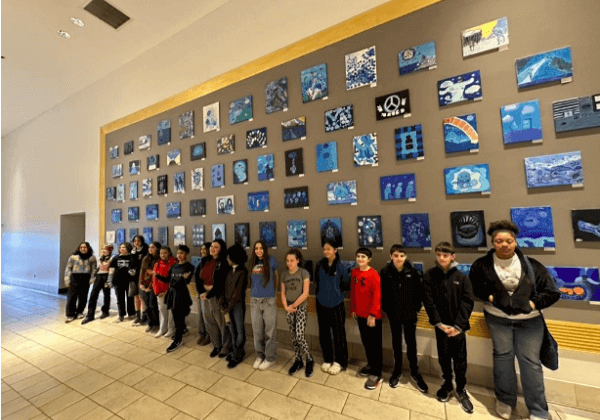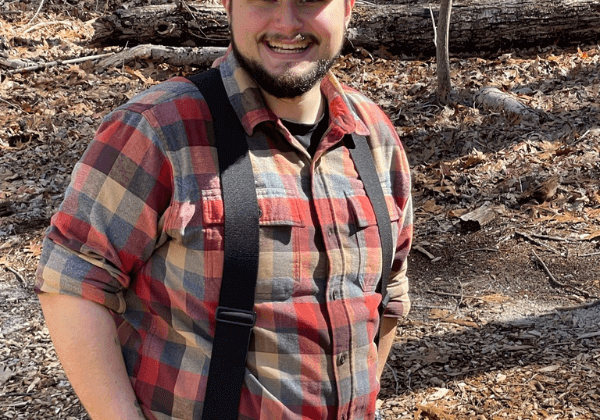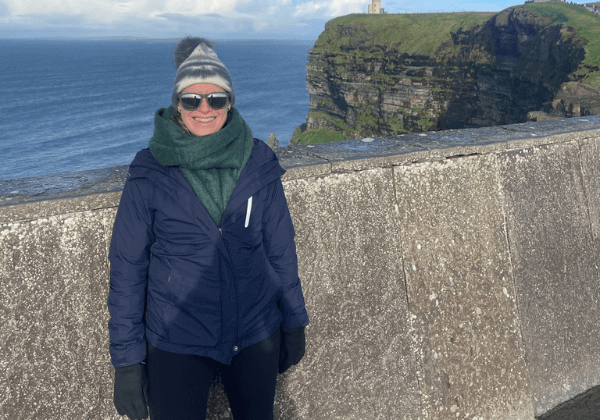Cynthia Carlson – Bending the Grid with Wit

Cynthia Carlson was one of the star players in the Pattern and Decoration movement in New York City during the 1970s. For the un-initiated, the “P&D” movement was a reaction to the abstract schools in art of the 1960s – minimalism, late abstract expressionism, conceptual art, schools the P&D artists felt tended towards austerity, seriousness, and were male dominated.
The P&D artists were inspired by sources that the dominant art world of the time considered fridge or low-culture: folk art, indigenous and primitive art from all parts of the world, women’s crafts, and decoration. Both men and women were involved in the P&D movement, and believed that beauty and ornamentation were universal and therefore should have a place in fine art. Similarly to their sources of inspiration, the P&D movement was also marginalized in the history of art.
Carlson’s work in this genre is especially compelling because she prioritizes “play” as a method for rigor and seriousness in making her work. It’s often clear, just by looking, when an artist had fun, had “a hell of a good time,” as Robert Frost put it, while making an artwork. This might seem trivial, but a sense of joy is visible in an artwork; it’s infectious and creates empathy with a viewer. Zig Zag Ace, 1974 was made by dabbing watercolors in a grid pattern then pinning safety pins to high-quality rag paper. The unlikely combination of watercolor and safety pins is a hilarious foil to THE GRID, a hallowed and sacred compositional device used throughout art history by Russian constructivists, the Bauhaus school, and later by Minimalists.

Cynthia Carlson, Medley For Milwaukee, and installation view of Cynthia Carlson Over Time, Solo Exhibition at Essex Flowers, 2018 New York, NY
Carlson’s early grid drawings use combinations of paint squeezed through cake decorators, watercolor, colored pencil, and real objects on paper. It was these early drawings, which combined 3-D objects and paint in grid patterns, that gave her the idea to create room-sized installations using similar materials. Medley For Milwaukee (detail), pictured here, was originally commissioned by the Milwaukee Art Museum in 1982. To create Medley, Carlson made a series of loosely painted tiles, each bearing a motif inspired by the local architecture in Milwaukee. The hand-painted tiles were hung in a grid. Then she made trompe l’oeil archways that frame original drawings of the same architectural elements.

Cynthia Carlson, Medley For Milwaukee, original installation, Milwaukee Art Museum, 1982
She then created a faux wainscot and the look of distressed plaster by hand painting on the surface of the walls. They are playful and dense installations, especially when you consider how they defy category. All at the same time they exist as giant, heroic abstract grid paintings that fill rooms, as kitsch, as hand-made wallpaper, and as Americana. Carlson follows a self-determined formula to create her installation works, which can be re-created and will be unique to a space each time. It is interesting to compare her work to an artist like Sol Lewitt, who also creates a set of instructions for his grid wall drawings.

Sol Lewitt, Wall Drawing 414, 1984, Installation Mass Moca
Carlson’s work takes up the identical conceptual idea of using a grid and a series of prescribed steps but from a “low-art” and feminine perspective. Additionally, by comparison, her work is strikingly funny. When I look at her installations I think of the Bauhaus school, just as I would when looking at a Sol Lewitt wall drawing, but I also think about chain restaurants, my aunt’s checkered table cloth, faux architecture, decorating with hand stencils, and the fact that I can’t distinguish the original artworks from the frames around them. (A device also utilized by Andy Warhol, who was another artist interesting in swapping the low into high art forms) Both Carlson and Lewitt experiment with expanding the conventions of painting and drawing by dispensing with a support, but her work also makes me question what can be re-defined as a high art form. She is inclusive with her references, and she knowingly dispenses with formality. If I had to live in a room with a Cynthia Carlson or a Sol Lewitt wall artwork, I’d pick the Carlson any day of the week – it just feels more human.

Cynthia Carlson, Picture That in Miami, Installation at the Lowe Art Museum, University of Miami, Coral Gables, Florida
2018 is an auspicious moment in contemporary art history to compare dueling, simultaneous narratives of the past. Will austerity always be part of the dominant culture? Will having a sense of humor ever be more popular? Or is humor necessary to survive?



